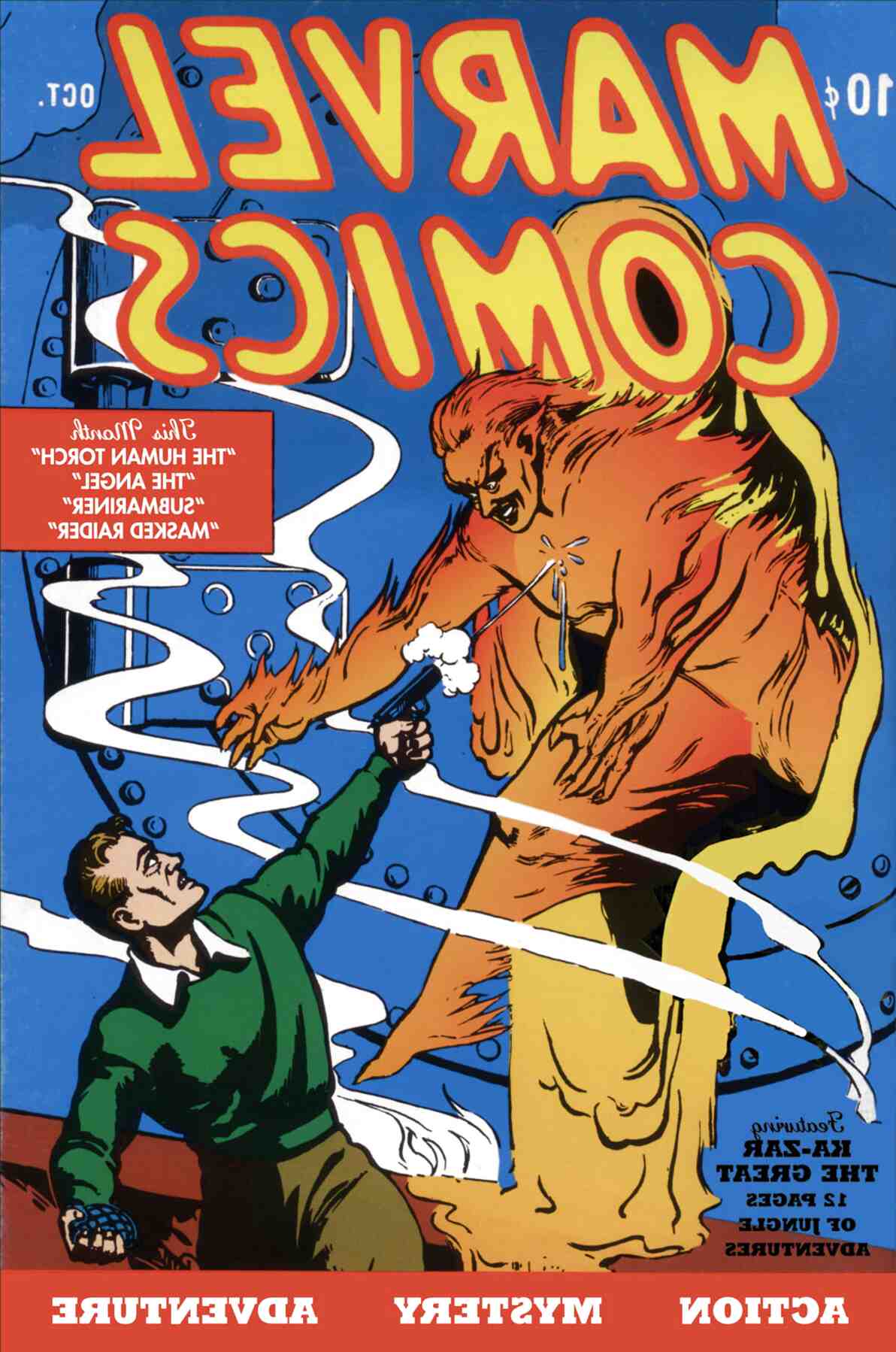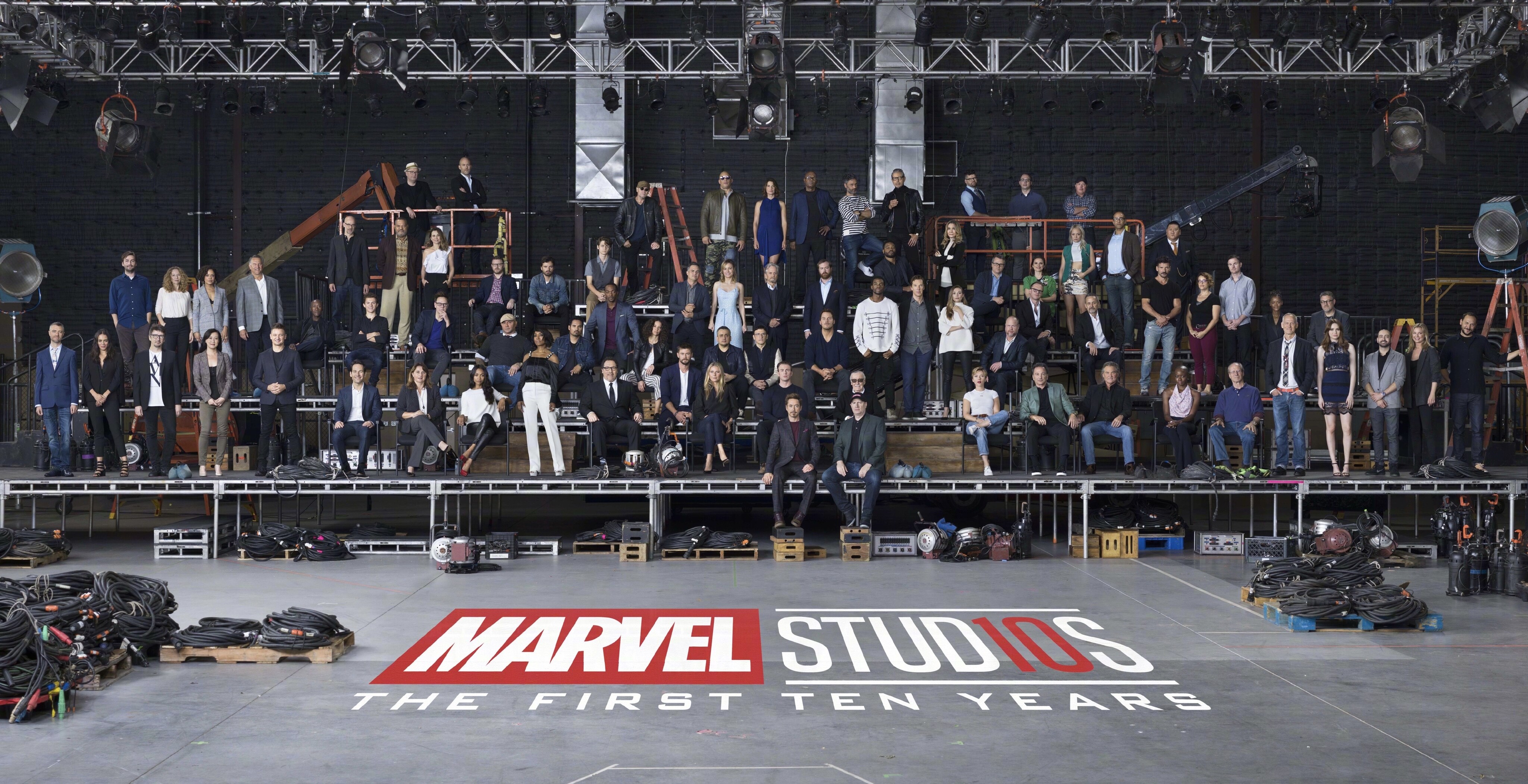

This had a ripple effect that resulted in many of the smaller distributors folding, creating a two-way competition between Heroes World and Diamond, which distributed DC Comics (Heroes World ceased operations in 1997, giving Diamond the monopoly). By signing up you agree to our terms of useīut Marvel kept growing, acquiring Heroes World Distribution to be their exclusive distributor in 1994. Thank you for signing up! Keep an eye on your inbox.

(There is also an argument to be made that Marvel quality was declining, but I’ll leave that to someone who read comics in the ‘90s I was a weirdo teenager who watched mostly foreign films and didn’t read comics beyond Milk & Cheese and Scud the Disposable Assassin.) The bubble that had bolstered comics in the ‘80s was about to burst, as fans were unable and/or unwilling to keep spending so much on comics, perhaps sensing that if everyone was buying multiple copies, there would not be a market for rare titles the way there had been in the ‘80s. In 1991, the first sign of trouble appeared as seven high-profile creators, including Jim Lee, Rob Liefield, and Todd MacFarlane, left Marvel to form Image Comics.
#Marvel movies universe for sale license
He took the company’s stock public in 1991 and spent approximately $700 million buying up stock in other companies, including some that made trading cards and toys Toy Biz, owned by Ike Permutter, struck a deal for a perpetual royalty-free toy license for Marvel characters in exchange for 46% equity (remember them they’ll show up again in a few). In 1989, Ron Perelman, a Revlon executive, bought Marvel Entertainment Group (Marvel Comics’s parent company) and started diversifying.


 0 kommentar(er)
0 kommentar(er)
